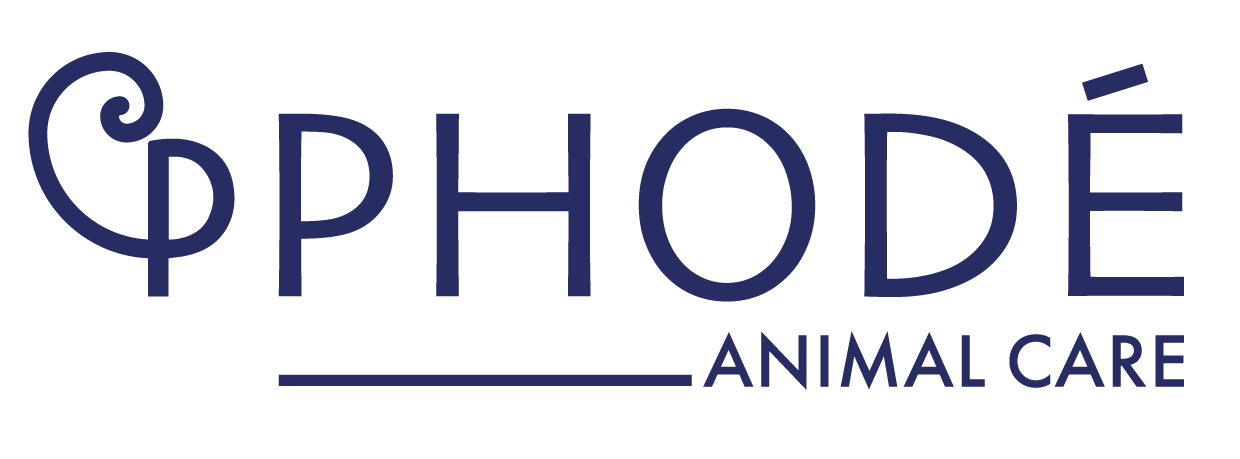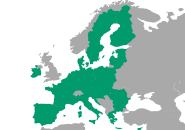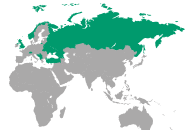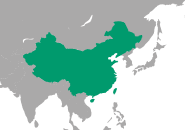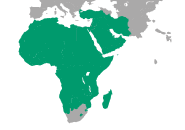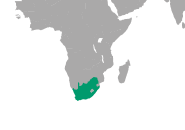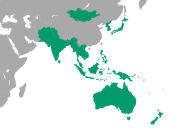The current events have a direct impact on the animal feed industry. Indeed, the conflict has caused a major shock to the price of raw materials, particularly wheat, soya and maize.
In addition, the costs of processing these raw materials – pelletizing, heat treatment, etc. – are also rising sharply, automatically leading to an explosion in feed prices.
Fortunately, an increase in the value of animal products like milk, meat and eggs partly compensates for the increase of animal feed, as prices have rarely been so high. But the indexation of the value of products on feedstuffs is showing its limits and a drop in production margins is being cruelly felt.
To cope with this increase in raw material prices and thus recover margins, there are only two possible strategies: lowering costs via the cost of feed, or increasing the income via an increase in productivity.
Let’s have a look at the first option.
1) Reducing animal feed costs
There are four ways to adopt this strategy and compensate for lower margins:
Remove additives from the feed
While this solution helps to reduce the face cost of the animal feed, it also reduces the value of the feed. When a feed is expensive, the proportion of additives is low and the impact of their withdrawal is insignificant in relation to the overall cost. On the other hand, their withdrawal is a loss of opportunity to add value to the animal feed on the one hand, and a loss of income on the other hand, because the selling prices of the finish products remain attractive (this is not the time to reduce production).
Reformulate the feed
Reformulation is also a solution to reduce or eliminate the most expensive components and thus reduce the cost of the animal feed. Reformulating is even nowadays simply mandatory to cope with the shortage of many raw materials. Reformulating always makes it possible to provide a balanced feed at the lowest cost, but these formula changes will negatively impact the feed palatability and the voluntary consumption by the animals. These latter do not like feed novelty, especially to fall back on less “noble” raw materials.
Fortunately, every problem has a solution!
To counteract this problem of palatability, it is possible to use flavourings that will attract the animal to the feed and that are formulated for high palatability. There use will thus ensure the stability of the aromatic profile. It is also possible to use masking agents that will reduce the sensation of bad taste and make unpalatable formulas acceptable (certain mineral specialities for example).
To compensate for the quality problem, it is advisable to use additives that promote better digestibility (a mix of essential oils + spices seems to be the best solution).
Reducing safety margins
The third possible option is to lower the nutrient safety margins of the animal feed. The risk here is to reduce the animal’s performance. To counterbalance this risk, a solution that is formulated to improve feed efficiency is needed. A product like Oleobiotec has already shown good results in this application.
Reduce heat treatment
When heat treatment is not absolutely necessary, some animal feed manufacturers will offer to do without it in certain cases. It is no longer rare to find non-pelletized feeds, which remain in powdery form. This last solution directly reduces the palatability of the feed, which becomes less attractive and more difficult for the animals to consume voluntarily. This new challenge for the animals will generate a strong frustration and a decrease in consumption. In order to correct this decrease, it is necessary to compensate with more pleasure with the feed, to make the animal want to eat again and to easily consume again. It is high time to think about attractant flavourings, isn’t it?
As you have seen, different solutions exist to adopt this first strategy and thus reduce the animal feed costs! But these solutions have their limits in time: decrease in feed value, decrease in palatability, and reduction in performance…
There is one parameter not to be forgotten in this crisis: the selling prices of livestock products are particularly high at the moment, so increasing the income by increasing the feed efficiency appears to be a second strategy.
